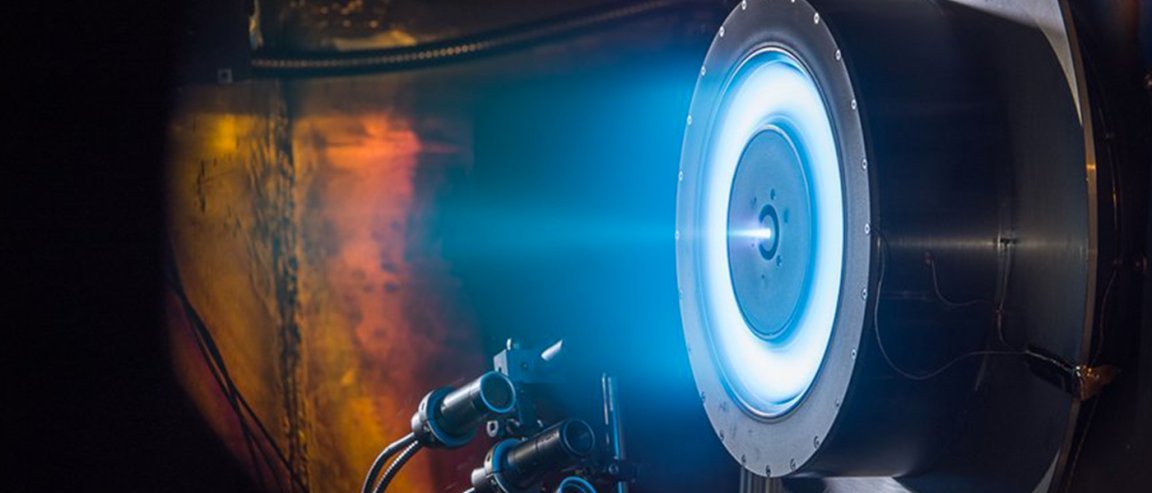
A Technological Windfall
We may have all just won the lottery (and we didn’t even know we were playing). NASA just released 56 patented technologies into the public domain, a move that’s designed to make many of the agency’s brightest ideas freely available to private industry.
It means that a number of space-related technologies developed at government expense can now be freely used by whoever can make the best use of them. Obviously, much of the new tech skews toward spaceflight and space exploration—but perhaps just as intriguing are the terrestrial purposes that may come from this.
“By making these technologies available in the public domain, we are helping foster a new era of entrepreneurship that will again place America at the forefront of high-tech manufacturing and economic competitiveness,” says Daniel Lockney of NASA’s Technology Transfer Program.
NASA also hopes that the release will foster more and better collaborations with private industry, which is an approach that’s already borne spectacular fruit, especially recently, in partnerships with SpaceX and Bigelow Aerospace.

Rockets and aerogels and nanotubes, oh my!
The database of newly released patents includes quite a few intriguing technologies. Among the highlights:
- A “dusty plasma thruster,” an electric propulsion system that can use unprocessed lunar dust as propellant; this eliminates the need to process fuels for such an engine—simply scoop up electrostatic dust from the lunar regolith, feed it into the thruster, and zip around the Solar System
- A method for converting Nitrogen Oxide waste into fertilizer (very useful, one can imagine, for long-term space travel, and Martian habitats)
- A means of weakening the shock wave strength in the leading edge of a vehicle traveling at supersonic speeds
- Low-cost methods for manufacturing high-quality carbon nanotubes, with an estimated production cost of $50/gram (opposed to current costs of $1,000/gram)
- A design for a Hall thruster (a type of ion thruster) that uses a “magnetically-conformed, variable area discharge chamber,” increasing engine efficiency
- A downlink data multiplexer (sounds cool)
- A tougher type of aerogel
- A “monopropellant” rocket engine with fewer moving parts and potential points of weakness, which is designed to use liquid hydrogen as a propulsive fluid to achieve “high velocity and high specific impulse.”
So there’s a lot of really neat stuff to be found among the new technologies—it’s just a matter having the money and the wherewithal to develop it. But we think some really clever folks will have no trouble at all putting some of this stuff to use.
Apparently, NASA thinks so too. You can check out the database of newly released patents here.